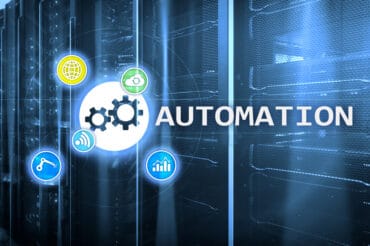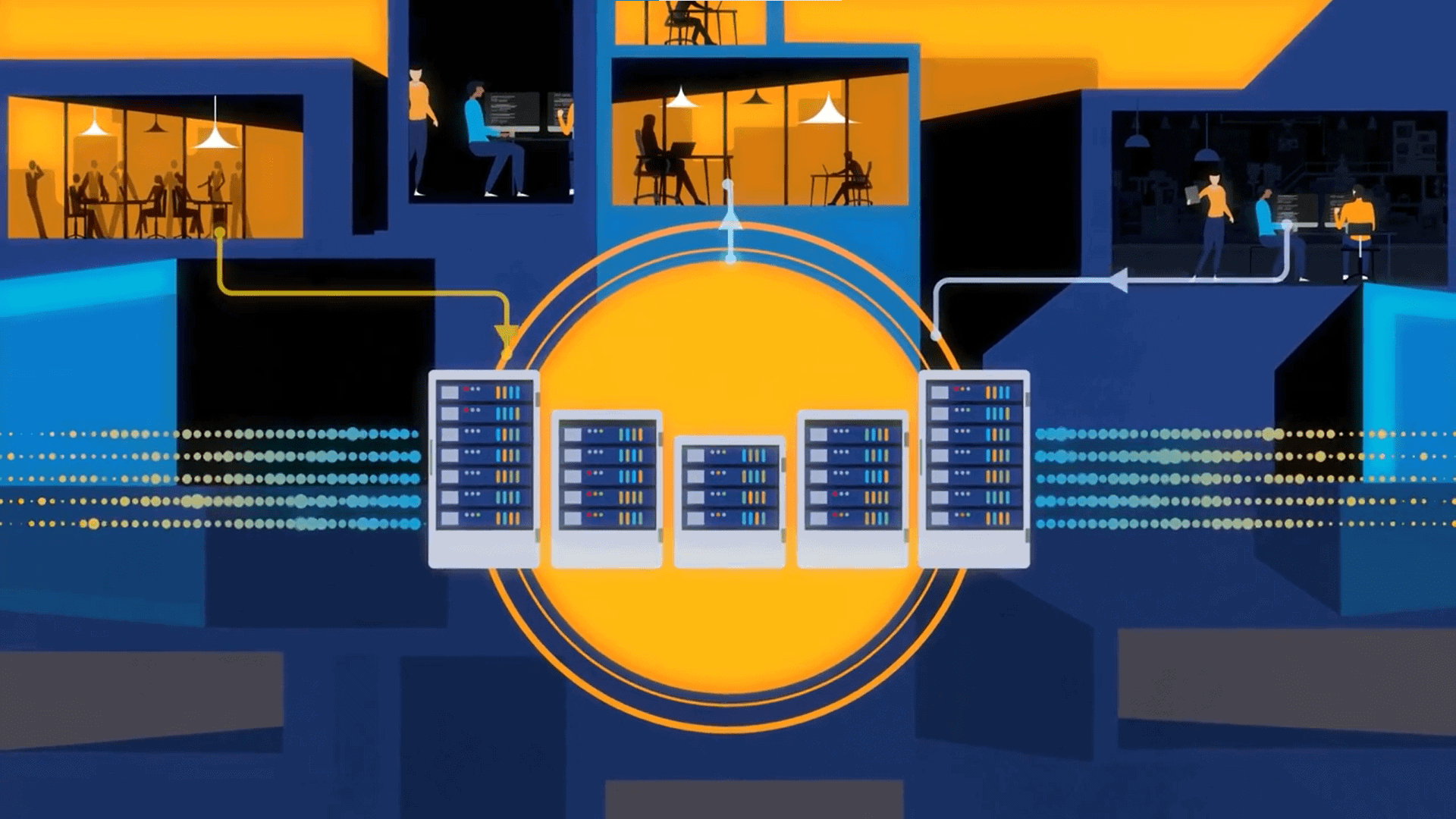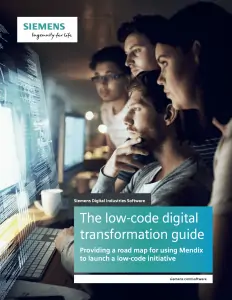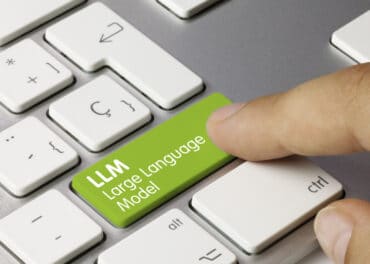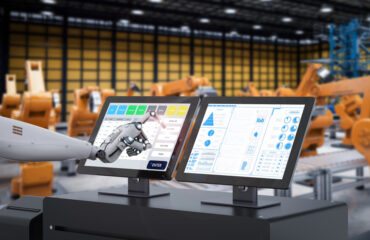
Digital process twins represent a paradigm shift in how organizations visualize, analyze, and optimize their processes. By integrating rich data attributes and leveraging data-aware simulation models, businesses can unlock deeper insights and drive strategic decisions.
Business processes are the foundation of every organization, requiring continuous monitoring and refinement to maintain efficiency and adaptability. Yet even the most well-planned improvements can have unintended consequences, while once-reliable workflows may struggle to keep pace with evolving conditions. When processes break down, disruptions ripple across the organization—driving up costs, impacting productivity, and eroding customer trust.
A digital process twin helps organizations stay ahead of these challenges by providing a data-driven way to anticipate, analyze, and optimize process changes. By simulating real-world scenarios, businesses can mitigate risks, enhance operational resilience, and drive continuous innovation. That’s why it’s no surprise that digital twins are a priority for business leaders—McKinsey research shows that 70% of C-suite technology executives at large enterprises are exploring or investing in digital twins. But with complex processes and hidden interdependencies, how can organizations build an effective digital twin? The answer lies in process intelligence, which provides the foundation for smarter, more resilient operations.
What Is a Digital Process Twin?
A Digital Process Twin (DPT) is a virtual representation of an organization’s processes, mirroring real-world workflows in a digital environment. Unlike traditional process modeling, DPTs dynamically update with real-time data, offering unprecedented insights into process performance, compliance, and optimization opportunities. These twins enable organizations to test “what-if” scenarios and predict outcomes without disrupting ongoing operations.
The potential of DPTs extends beyond efficiency; they empower organizations to anticipate risks, identify inefficiencies, and ensure compliance with regulations. As businesses increasingly rely on agility and foresight to succeed, DPTs provide a robust framework for continuous improvement. For instance, a digital twin can provide insights into how much a process might improve by automating the primary bottleneck in a critical workflow using RPA technology.
See also: How to Ensure You Get the Most from Intelligent Process Automation
Key Benefits of Digital Twins for Business Operations
- Enhanced visibility: Digital twins improve the visibility of processes allowing real-time monitoring of operations. The identification of any inefficiencies, risks, and/or obstacles as they occur means that proactive measures can be taken to enhance efficiency continuously.
- Predictive capabilities: one of the most powerful attributes of digital twins is the ability to simulate possible ‘what if’ scenarios. Using models created by the data discovered by process mining means businesses can run simulations that predict the impact that any changes to workflows, staffing, or external conditions may have on operations. This allows the testing of different strategies in a virtual environment before committing to change in the real world. It’s a capability that significantly reduces risk.
- Optimizing resource allocations and making costs more efficient: having a virtual view of how resources are used and process flows helps businesses efficiently allocate resources. By capturing how resources – both human and technical – are used across tasks, managers make decisions based on data to minimize waste.
- Using data to make decisions: the use of digital twins and process mining together provides a singular source of Process Intelligence for all teams to use for collaboration and strategy. Digital twins can power detailed analytics and dashboards to make tracking performance metrics and identification of trends simpler and a lot faster – for more informed, unified decisions.
How can you create a digital twin when your business operates with complex, interdependent processes, many of which may not even be fully understood? Process mining and automated business process discovery provide a solid foundation by uncovering an accurate, data-driven model of your operations. This minimizes the risk of failure in digital twin initiatives by enabling iterative simulations and continuous monitoring of conformance and performance.
What-if analysis further enhances this approach by allowing organizations to simulate different scenarios and predict the outcomes of various decisions. By integrating process mining with what-if analysis, organizations gain deeper insights into their operations and can proactively refine their digital twins. But to achieve truly effective simulations, a digital twin must go beyond process structure—it needs rich, data-aware models.
Data-Aware Simulation Models
Data attributes are the building blocks of a digital process twin. They provide the context needed to understand not just what happens in a process but why and under what conditions. Attributes such as timestamps, resource usage, and decision points enrich the DPT, turning raw event logs into actionable intelligence.
For instance, a bank processing loan applications may rely on attributes like customer credit scores, loan amounts, and processing times. By analyzing these attributes, the bank can identify bottlenecks, optimize resource allocation, and ensure compliance with lending regulations. Without a comprehensive dataset, the DPT would lack the nuance required for meaningful insights.
Traditional process simulation models often operate in isolation, focusing solely on control-flow mechanics—essentially, the sequence of tasks in a process. While useful, these models fall short of replicating real-world complexities.
Data-aware simulation models, on the other hand, incorporate contextual attributes such as resource availability, customer preferences, and external constraints. By doing so, they create a more realistic representation of the process. This capability is pivotal for organizations aiming to:
- Predict Outcomes More Accurately: Data-aware models enable granular scenario testing, helping businesses forecast process performance under various conditions.
- Identify Root Causes: By linking performance metrics with underlying attributes, these models facilitate targeted interventions.
- Optimize Operations: With a comprehensive understanding of resource utilization and constraints, organizations can fine-tune processes for maximum efficiency.
For example, we recently worked with a global bank to reengineer core retail banking workflows using process intelligence and simulation. By creating digital process twins on data-aware models and process intelligence, the bank was able to redesign critical processes, like loan origination, and achieve 84% automation, reducing error rates and processing times. The bank reduced loan processing from about 1 week to 7 hours (a single-day approval) —an 86% improvement in end-to-end handling time.
Final Thoughts
Digital process twins represent a paradigm shift in how organizations visualize, analyze, and optimize their processes. By integrating rich data attributes and leveraging data-aware simulation models, businesses can unlock deeper insights and drive strategic decisions. The growing adoption across industries underscores the transformative potential of this technology. Selecting the right tool is critical to harnessing the full potential of DPTs. With modern process intelligence platforms leading the charge, the path to operational excellence is more accessible than ever. For organizations seeking to stay ahead in an increasingly competitive market, investing in a robust digital process twin strategy is not just an option—it’s a necessity.





